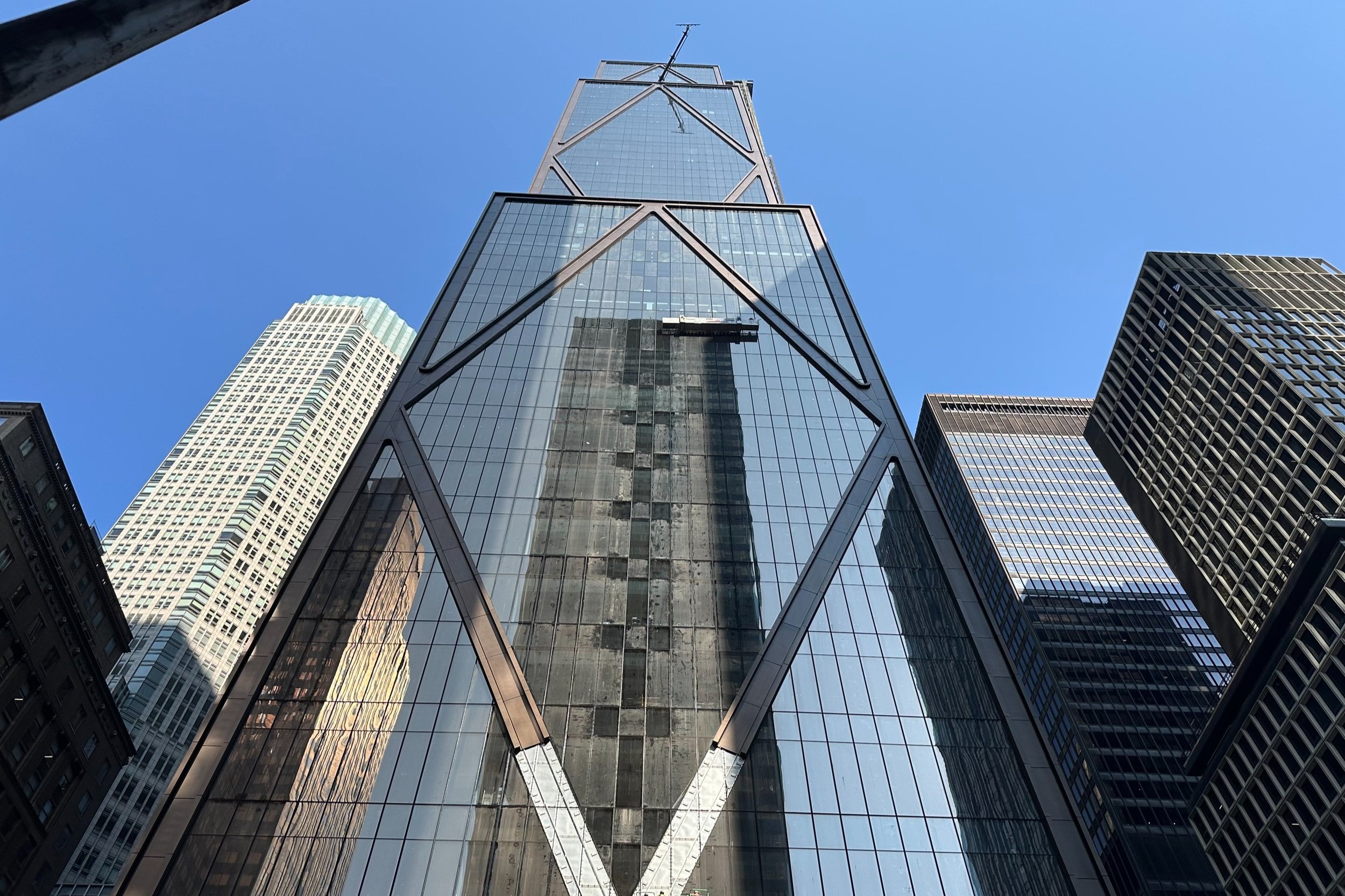All About The Construction of 270 Park Avenue and the Rise of a New Midtown Giant
Source: The Empire City Wire
The Location
In a city where the skyline is constantly in flux, few projects have so brazenly redefined their own footprint as 270 Park Avenue. Once home to the 52-story modernist tower designed by Natalie de Blois for Union Carbide—and later serving as JPMorgan Chase’s global headquarters—the site has undergone one of the most ambitious demolition and redevelopment efforts in New York City history.
Completed in 1960, the original 270 Park was not just an office building—it was a symbol of mid-century corporate confidence. But in 2018, JPMorgan Chase made a move that startled preservationists and architects alike: it announced plans to demolish the building and construct a new headquarters in its place. This would be no renovation or minor facelift; it would be the first time a supertall skyscraper replaced an existing high-rise of similar size.
The demolition of the old structure began in 2019, and by 2021, the last of the 52 floors had been dismantled piece by piece. It was one of the largest voluntary building demolitions ever attempted—a $3 billion gamble on Midtown’s continued dominance as a financial capital, even in the age of remote work and shifting urban economics.
The New Building
Rising in its place is a 1,388-foot, 60-story glass-and-steel monolith, designed by Foster + Partners and built to house more than 14,000 employees. It towers over its Park Avenue neighbors, most of which were conceived in a different era of zoning and ambition. With a vast open-concept lobby, cutting-edge ventilation systems, and floors engineered for flexibility and sustainability, the new 270 Park is being touted as the largest all-electric skyscraper in New York, powered entirely by renewable energy sourced from upstate.
The building also reflects a broader shift in urban commercial design: JPMorgan has emphasized wellness features, natural light, and collaborative spaces meant to lure workers back into the office. Whether that works in practice remains to be seen—but the company clearly views this building as a bet not just on real estate, but on the future of work itself.
Yet, 270 Park Avenue is not without controversy. Preservationists lamented the destruction of the original building, especially given its rare attribution to a pioneering female architect. Labor groups raised concerns over safety during the demolition process. And urbanists have questioned the wisdom of concentrating so much infrastructure, capital, and power into a single monolithic headquarters at a time when decentralization is reshaping everything from commerce to culture.
An image of the building displaying new light work in July of 2025.
Source: TikTok
What Does The Future Hold?
Still, in a city addicted to spectacle, 270 Park delivers. It’s a symbol of continuity and control, corporate permanence in a world increasingly defined by volatility. It also reveals how power operates in New York—not quietly, but visibly, structurally, and in steel.
After years of construction, the building is slated to be completed at the end of 2025 assuming there are no issues with the timeline. With delays being common in NYC, however, New Yorkers may have to wait until 2026 to see the building in its peak condition and usage.
Whether it becomes a 21st-century beacon of innovation or a gleaming monument to a bygone era of office life, one thing is clear: 270 Park Avenue is more than a building, it’s a novel NYC landmark.



